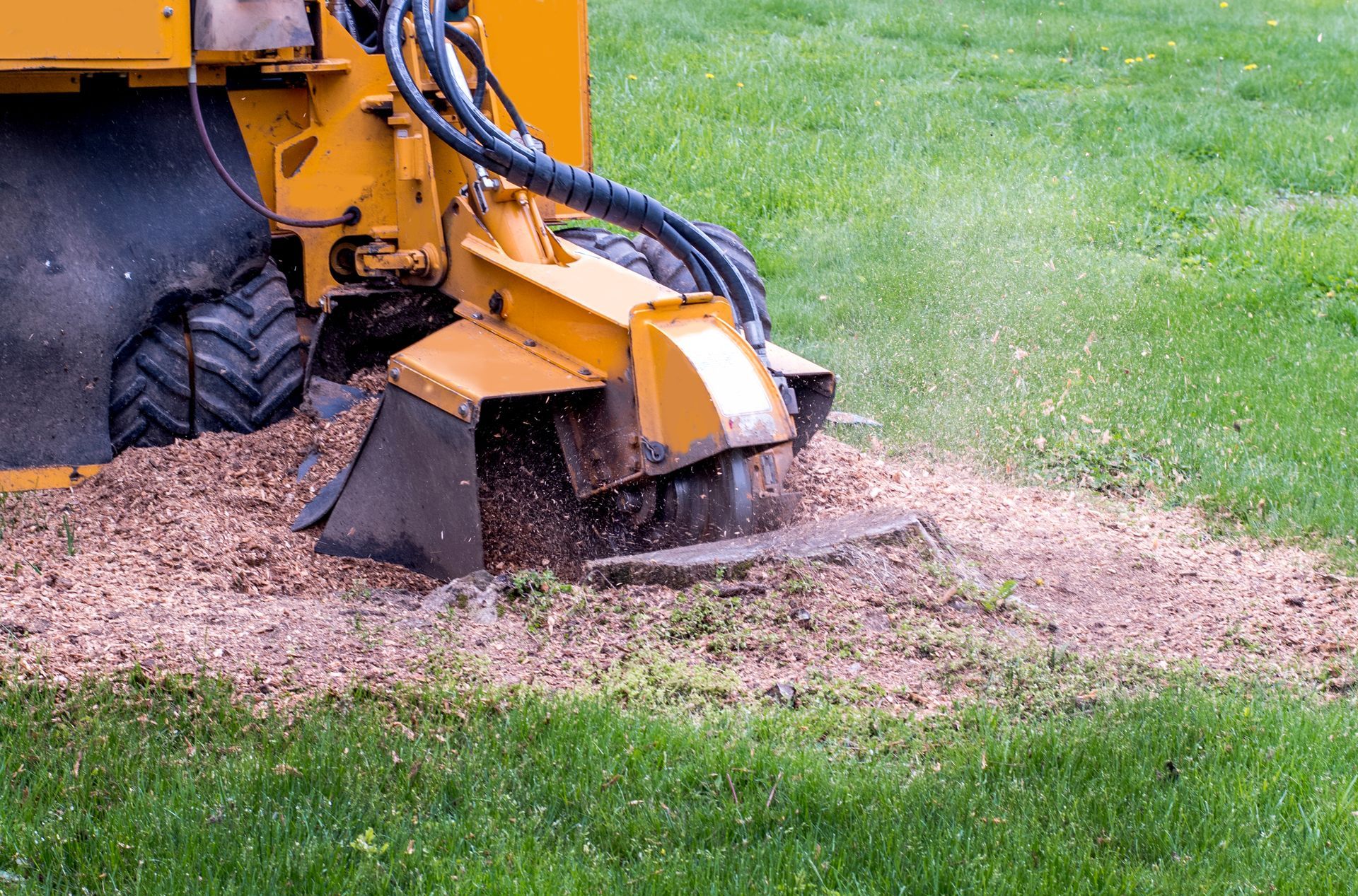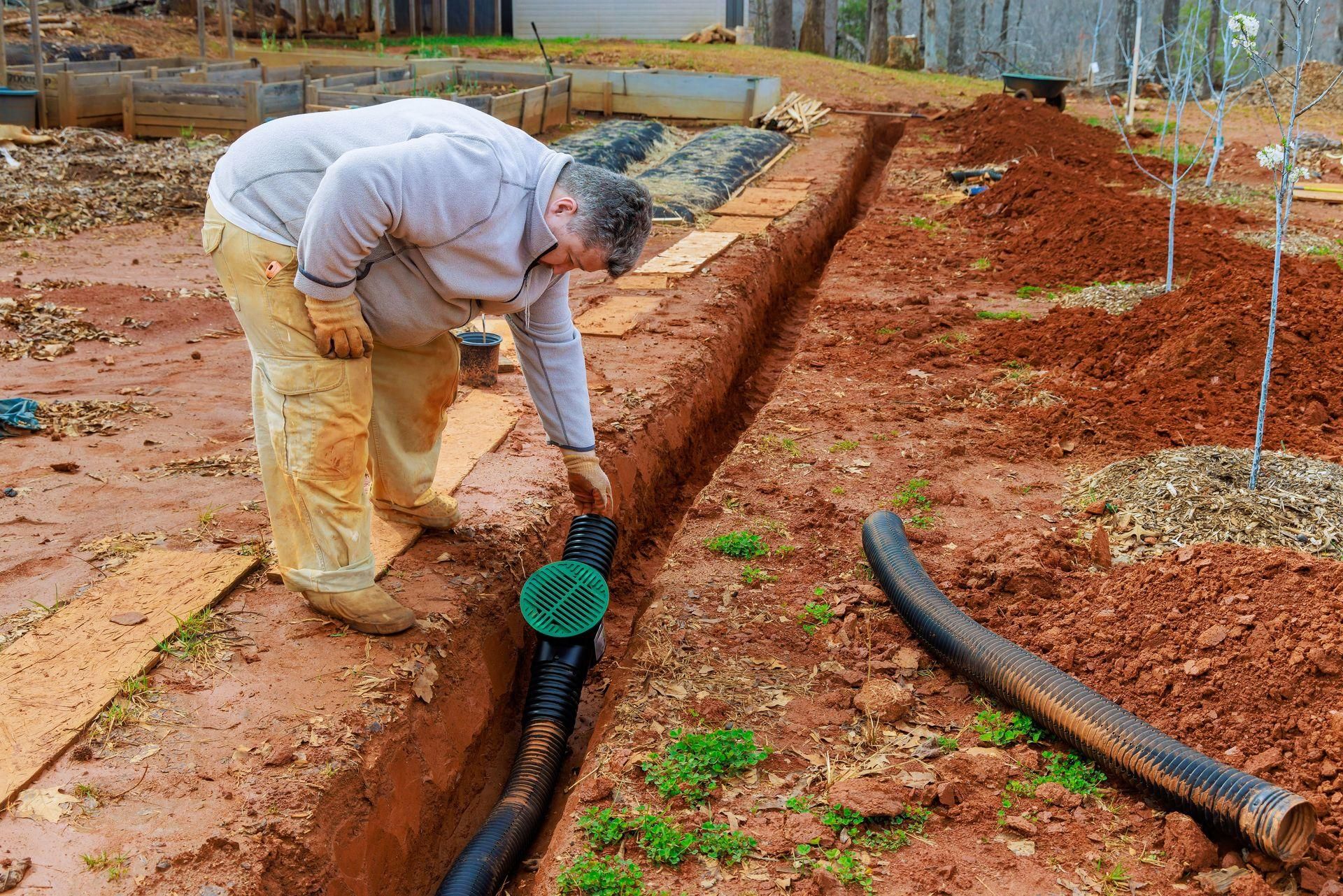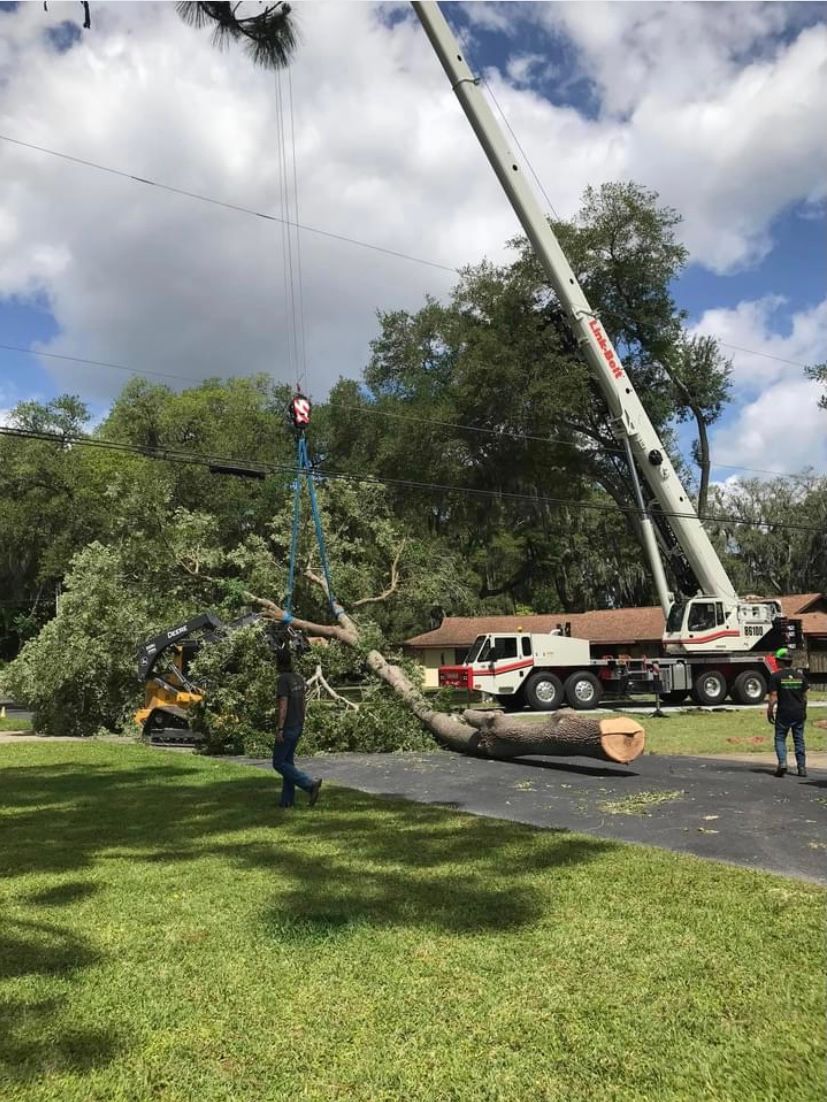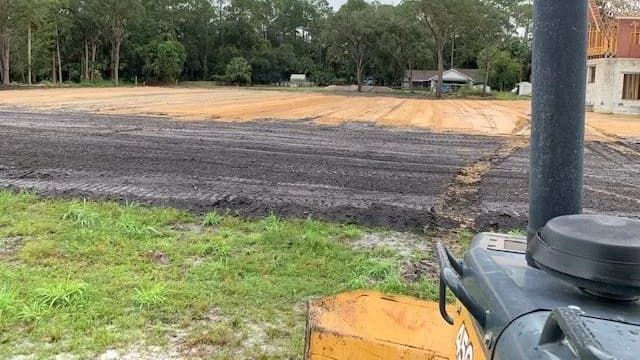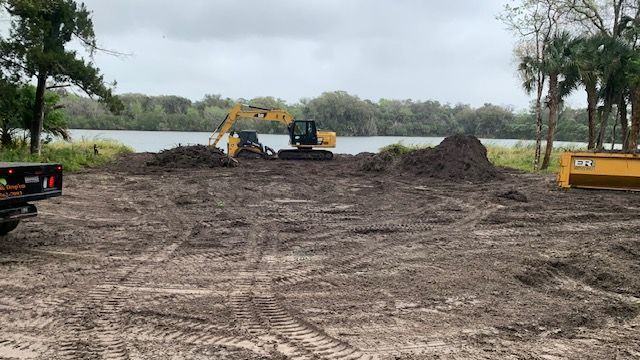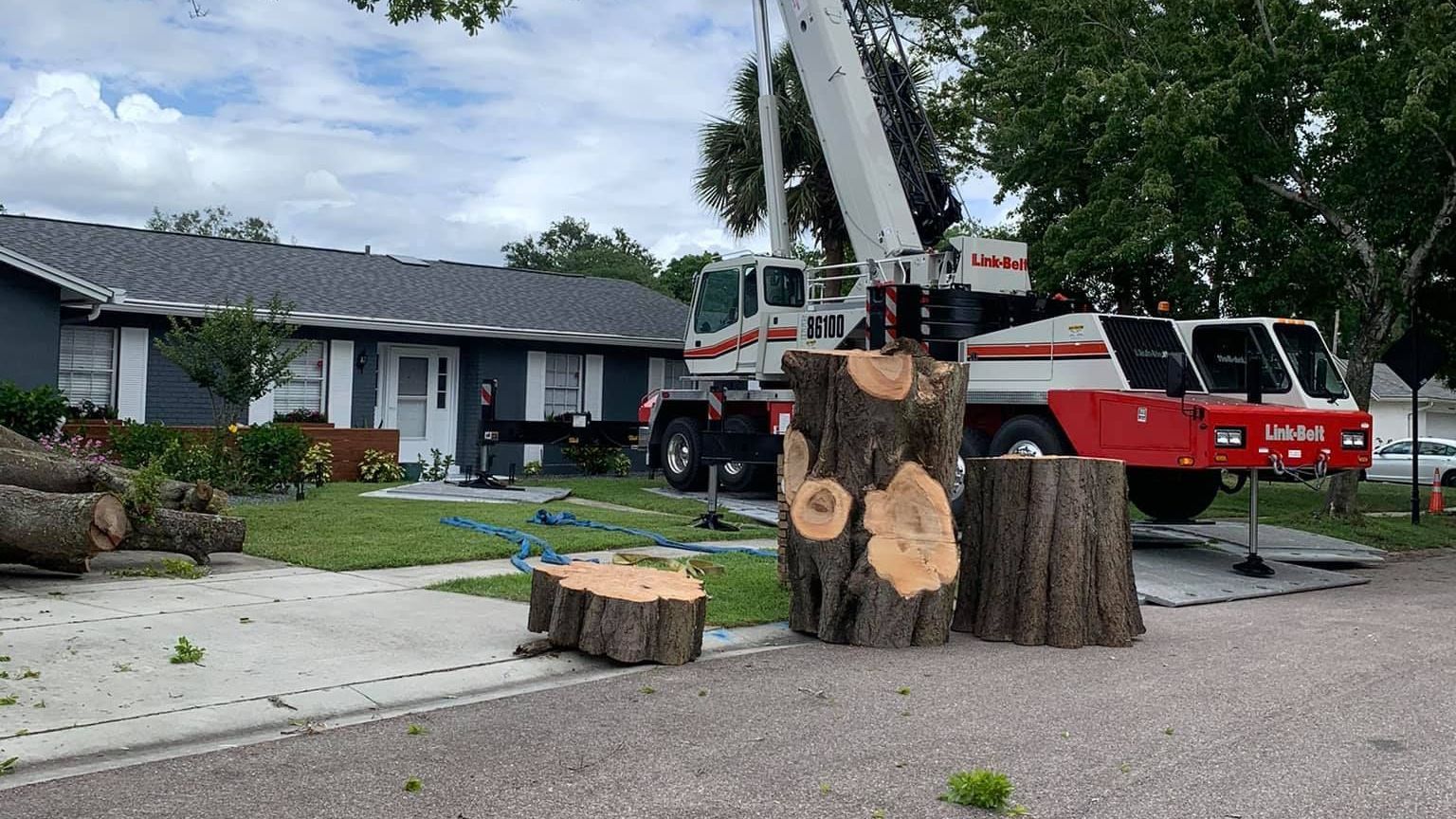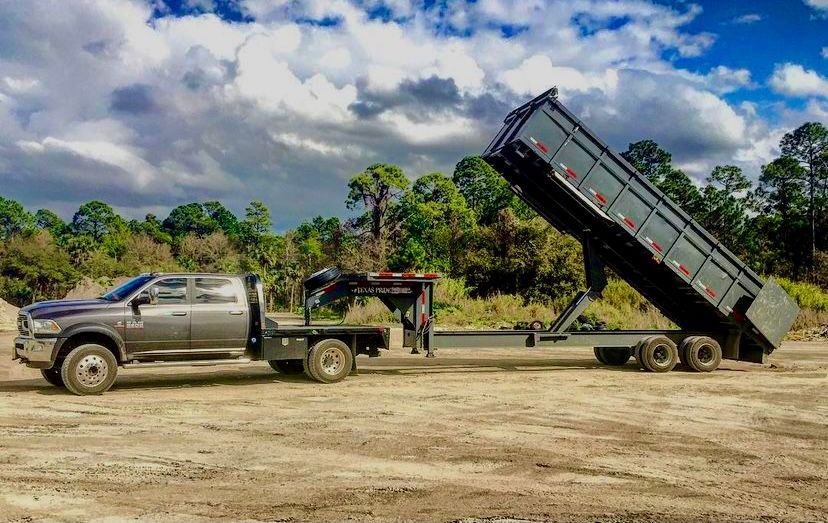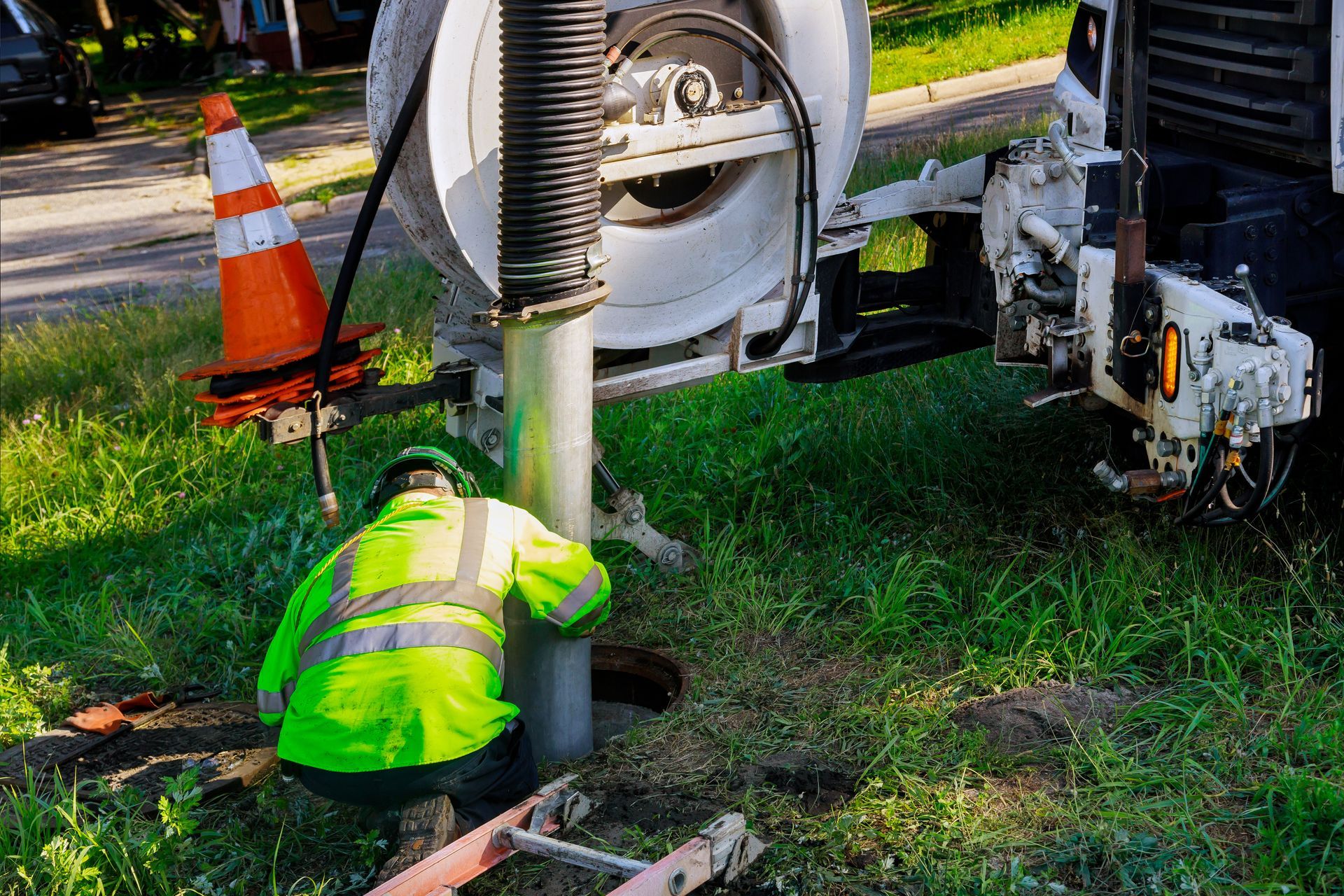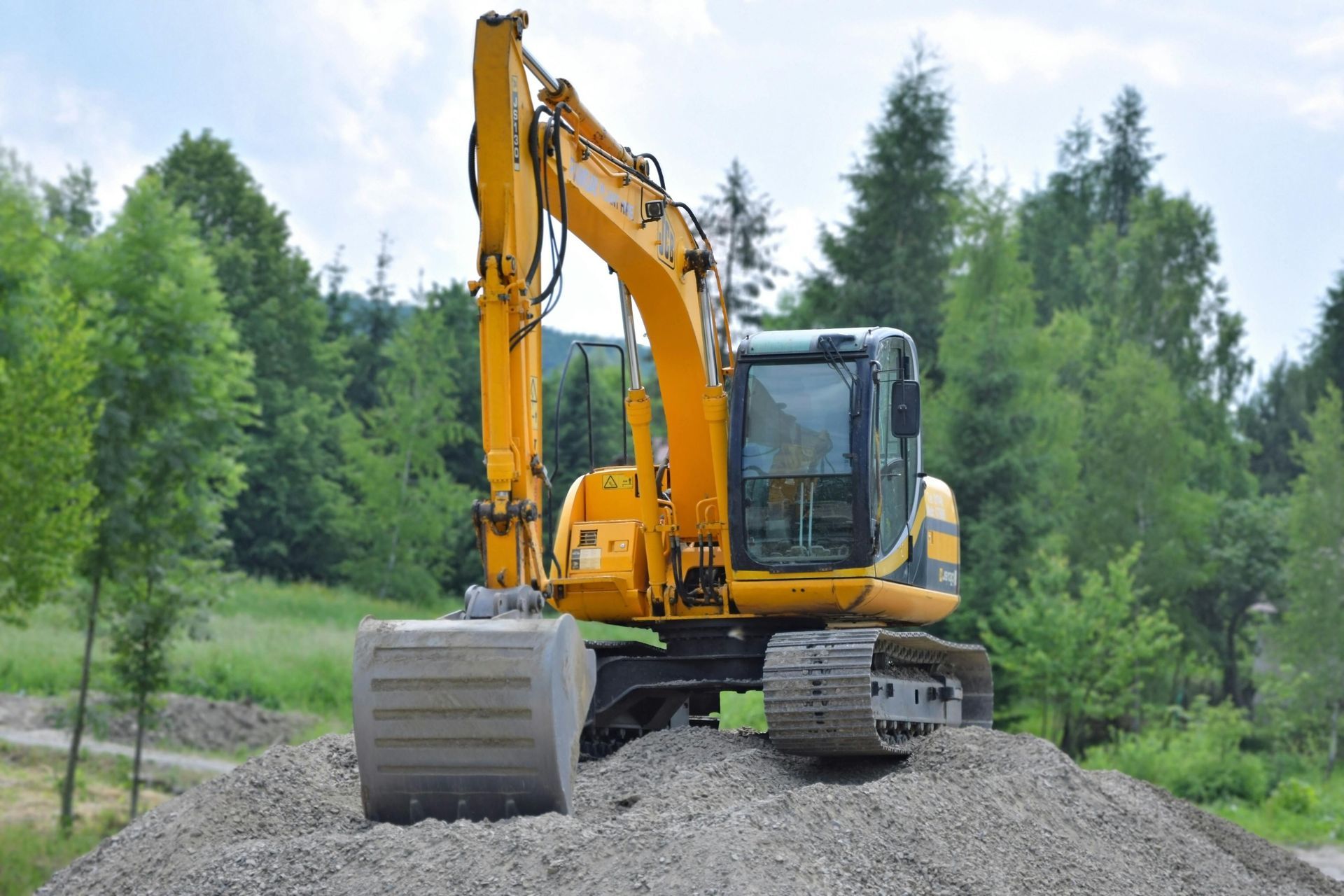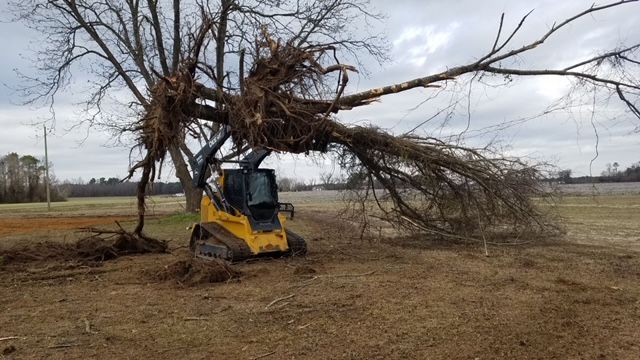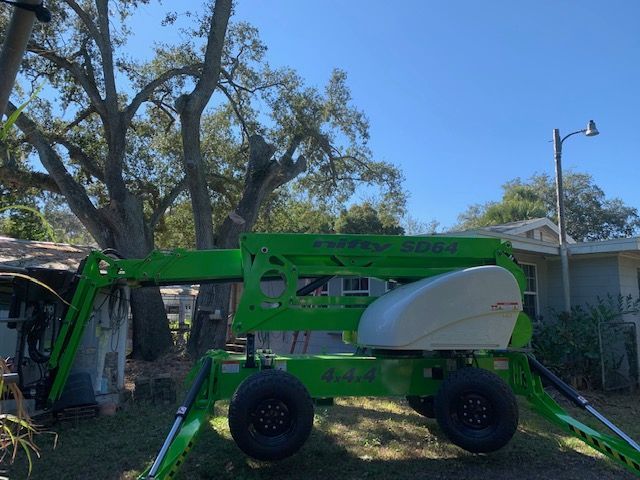5 Signs You Need Emergency Tree Removal Services ASAP
1. Dead Branches:
Dead branches can cause significant safety risks for your home and landscape. These branches, often referred to as "widowmakers," can fall without warning, especially during severe weather like storms or strong wind. Here's why addressing them is crucial:
- Potential Hazards: Dead branches can detach and fall, damaging your roof, canopy, or property below. This becomes an even bigger issue if you don’t have proper home insurance coverage.
- Signs of Trouble: Dead branches often signal deeper issues with the tree's health, such as disease, stress, or pest infestations that require attention from an ISA certified arborist.
- Regular Inspections: Scheduling tree care services and routine inspections ensures dead branches are removed safely before they become a hazard. A certified arborist can help assess and prune your trees effectively.
If you notice dead branches hanging over structures, pathways, or areas where people gather, don’t wait. Call an emergency tree service or search for "emergency tree removal near me" to address the problem immediately. Taking quick action minimizes risk and helps protect your property.
2. Hollow Trunks:
Hollow trunks can compromise the safety and stability of a tree, especially in areas prone to severe weather or natural disasters. While a tree can survive with a hollow trunk, the structural integrity is often at risk, increasing the likelihood of collapse.
- Risk of Falling: A hollow trunk weakens the tree, making it more susceptible to falling during storms or heavy wind.
- Pest Infestation: Hollow spaces can attract pests, which may spread to nearby shrubs or landscape plants. Consider professional pest control to address the issue.
- Disease Spread: Decay in the trunk could be a sign of disease, which can spread to nearby trees or the soil, threatening the overall health of your landscape.
For serious cases, contact professionals like Top Em & Drop Em Tree Solutions for a tree removal emergency. Their certified arborists can assess the situation and provide a free estimate for tree removal services. Using specialized equipment like cranes, they ensure safe and efficient removal.
3. Leaning Trees:
A leaning tree often signals underlying problems, such as root damage or soil erosion. If a tree is leaning more than 15 degrees from vertical, it’s time to call an emergency tree service. Ignoring the issue can lead to significant storm damage or injury.
Signs of a Problem:
- Visible Tilt: The tree leans noticeably.
- Cracked Soil: The ground around the base appears uneven or cracked.
- Fallen Branches: Broken branches or debris are often scattered nearby.
Causes of Leaning:
- Root Damage: Compromised roots reduce the stability of the tree.
- Weather Impact: Severe weather, like lightning or heavy rain, exacerbates leaning.
Why Act Quickly:
Leaning trees near your roof or landscape are a serious risk to your property.
4. Cracked Trunks
Cracks in a
tree's trunk are serious indicators of potential structural failure. These cracks compromise the
safety and stability of the
tree, especially during
severe weather like
storms or heavy
wind.
Causes of Cracked Trunks:
- Disease: Internal decay weakens the tree's health and creates cracks.
- Stress: Prolonged exposure to harsh weather or improper tree care.
- Natural Disasters: Events like lightning strikes or heavy soil erosion.
Risks of Ignoring Cracks:
- Hazard to Safety: Cracked trunks can lead to falling branches or even entire tree emergencies.
- Damage to Property: A falling tree can damage your roof, car, or landscape, potentially leading to costly insurance claims.
- Risk Assessment: A cracked trunk often signals deeper internal decay, making a risk assessment by a certified arborist essential.
5. Exposed Roots
Exposed roots often signal trouble. When tree roots are visible above the soil, the tree becomes less stable, increasing the chance of uprooting during natural disasters or severe weather.
Why Exposed Roots Are a Problem:
- Risk of Uprooting: Visible roots mean the tree may not be securely anchored, posing a significant hazard during high wind or heavy rains.
- Structural Damage: Uprooting can damage nearby structures, including your home, driveway, or canopy.
- Soil Erosion: Exposed roots worsen soil conditions and make the surrounding landscape look messy.
Solutions for Exposed Roots:
- Inspection: A certified arborist can evaluate the extent of the problem.
- Emergency Service: Professionals specializing in tree care and root removal provide safe solutions.
- Tree Planting: After removal, consider tree planting to restore your landscape.
If you notice exposed roots, it’s crucial to act quickly. Ignoring this sign can lead to accidents or property damage. Always consult with professionals who specialize in tree root removal to assess the situation and take necessary actions.
In the world of trees, exposed roots can be a sign of trouble. They can lead to soil erosion and make your yard look messy. If you notice roots sticking out, it’s time to take action! Don’t wait until it’s too late. Visit
Top Em & Drop Em to learn how we can help you manage your trees and keep your property safe. Let’s work together to protect your landscape!
Final Thoughts on Emergency Tree Removal
In summary, knowing when to call for emergency tree removal is really important for keeping your home and family safe. If you see signs like a tree leaning, cracks in the trunk, dead branches, or if the tree looks sick, don’t wait too long. These problems can lead to serious accidents or damage to your property. Always reach out to a professional tree service if you notice any of these issues. They have the skills and tools to handle the situation safely. Remember, taking quick action can save you from bigger problems later.
